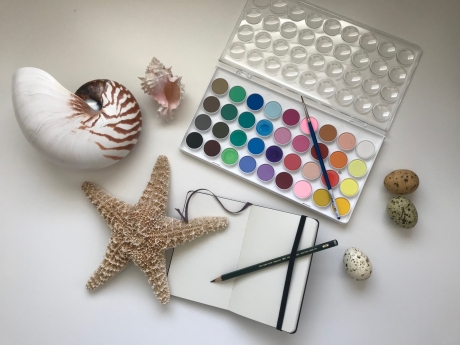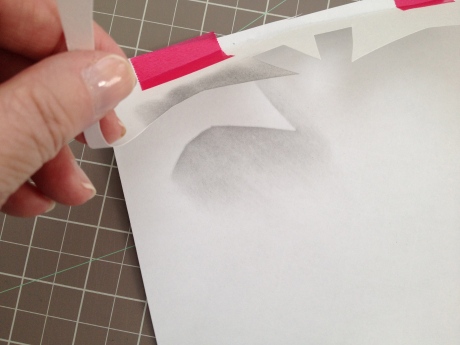 Ahhhh… summer. Just reading the word kind of makes your shoulders relax a little, doesn’t it? If, like many of us, you’re in the middle of a full and busy summer, why not consider taking some time to simply slow down and enjoy all that this season has to offer?
Ahhhh… summer. Just reading the word kind of makes your shoulders relax a little, doesn’t it? If, like many of us, you’re in the middle of a full and busy summer, why not consider taking some time to simply slow down and enjoy all that this season has to offer?
One very simple way to slow yourself down is the practice of sketching. I’m not talking about producing art masterpieces here, but actually quite the opposite. This type of drawing should be done only for you, and doesn’t need to be shown to anyone else. Ideally, this experience is really more about the process, than the end product.
To begin, simply sit quietly, and begin to carefully and thoughtfully observe your surroundings. Let your eyes fall on something that pleases you or looks interesting. Then, working with whatever supplies you have on hand, like a pencil and a sheet of copy paper, begin to sketch what you see in front of you. Go slowly and let your eyes move over the surface or surfaces of whatever you are looking at, and just draw one bit at a time. Really concentrate on that you actually see in front of you, and not what your mind tells you is there. When done right, this type of drawing really puts you in the present moment and blocks out other thoughts. As you work, give yourself permission to move from subject to subject without the pressure of producing finished, photorealistic drawings. Just think of it as a chance to see and explore shapes, lines, textures and colors.
As soon as you’ve tried this yourself, and maybe even without having to try it, the important and profound benefits of such an activity for children are obvious. Students who are regularly involved in this type of simple drawing experience will:
- improve their ability to focus for extended periods of time
- increase their observation skills
- engage in authentic critical thinking and problem solving
- develop small muscle coordination in the hand, wrist, and arm
- experience increased confidence in their own drawing skills
- develop an appreciation of art produced by others
So as July turns into August, and a teacher’s thoughts inevitably turn toward the upcoming school year, consider “slowing down” your students for short periods of time with some simple observational sketching. The benefits for them will be well worth it.
















